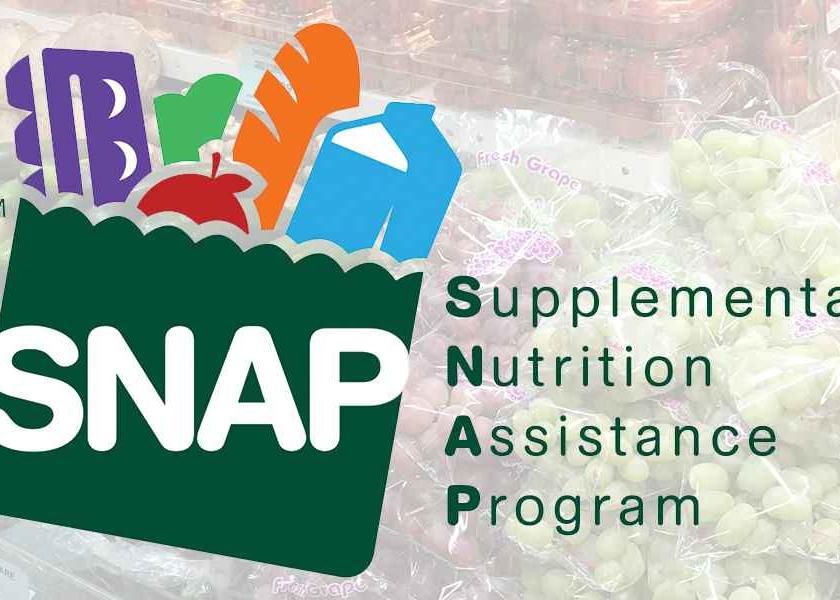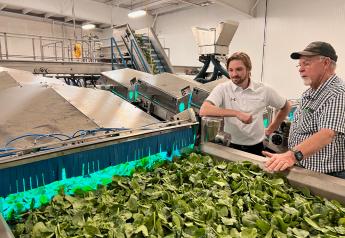How SNAP shopping behavior changed after emergency funding ended

Supplemental Nutrition Assistance Program recipients are cutting back on grocery items twice as fast as non-recipients are, prioritizing cheaper brands and stocking up less.
Those are some key findings from the SNAP Consumer Insights Center, launched by market researcher Numerator to study SNAP and Women, Infant and Children supplemental nutrition program shopping trips and the households using these programs, according to a news release.
Since the SNAP Emergency Allotments program ended in February, SNAP recipients have changed their buying behaviors, creating different pressures for consumers, brands and retailers alike.
The first piece of research published on the SNAP Consumer Insights Center, “The Impact of Ending the SNAP Emergency Allotment Program,” analyzes these purchasing shifts, as well as changes in consumer sentiment, and qualitative perspectives directly from SNAP consumers.
Emergency Allotments analysis findings include:
- SNAP recipients are buying fewer groceries than they were a year ago.
Grocery units (purchased by SNAP recipients in states that recently dropped the EA program) decreased by 12% in March 2023 compared to a year ago — twice the rate of decline for non-recipients in those states. Most of the people receiving SNAP benefits (58%) report that their monthly allocation only lasts them two weeks, as opposed to 41% who said the same in September 2022, according to an April 2023 Numerator survey.
- All SNAP-eligible grocery departments are seeing declines in volume.
No grocery department eligible for SNAP benefits saw resilience against unit volume declines among recipients. Departments that showed the largest difference between SNAP recipients and non-recipients living in states that dropped the EA program included shelf stable meals (SNAP recipients down 21% in March 2023 compared to the previous year), meats (-18%), frozen foods (-16%), and herbs & spices (-15%).
- SNAP consumers are trading down to reduce absolute costs.
When asked in an April 2023 survey how they were coping with rising food prices, 49% said they had switched to cheaper brands (up from 43% who said the same in February 2023), and 34% said they were buying more private label brands (up from 29%). The only cost-saving measure that declined from February to April was “stocking up during a sale” (48% in April, 54% in February).
- Shifts to private label are happening in categories beyond grocery.
From March 2022 to March 2023, private label gained disproportionate share among SNAP recipients living in states that dropped the EA program (compared to non-recipients) in grocery and health-and-beauty – and even more significantly in baby and home-and-garden.
Volume Change Among States Ending Emergency Allotments in March 2023
March 2023 vs. March 2022, in units
|
Sector |
SNAP Recipients |
Non-Recipients |
|
Grocery |
-12% |
-7% |
|
Health & Beauty |
-18% |
-16% |
|
Household |
-19% |
-15% |
|
Home & Garden |
-25% |
-23% |
|
Pet |
-19% |
-17% |
|
Tools & Home Improvement |
-27% |
-20% |
|
Toys |
-31% |
-20% |
|
Office |
-15% |
-14% |
|
Electronics |
-28% |
-27% |
|
Baby |
-24% |
-20% |
Source: Numerator Insights
Response to Rising Food Prices Survey
Which of the following, if any, have you done in the past month to cope with rising food prices?
|
|
February 2023 |
April 2023 |
|
Switched to a cheaper brand |
43% |
49% |
|
Stocked up during a sale |
54% |
48% |
|
Cut back spending on non-food purchases |
39% |
45% |
|
Buying more private label groceries |
29% |
34% |
|
Buying less meat / protein |
25% |
32% |
|
Buying smaller package sizes |
23% |
27% |
|
Buying less fresh produce |
18% |
25% |
Source: Numerator Survey
The SNAP Consumer Insights Center will release new SNAP-based analyses throughout the month of May, including shopper profiles, retailer vulnerability, and channel, category, and geographic impact. Visit www.numerator.com/snap for the latest research.







